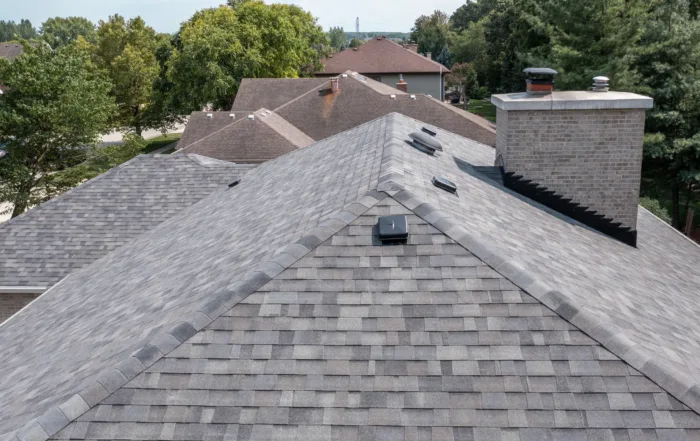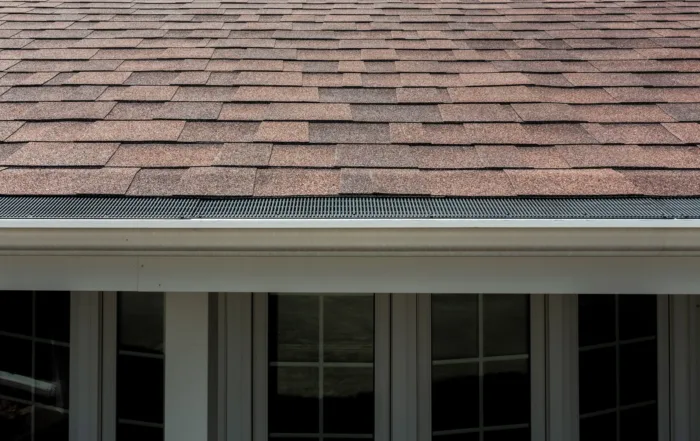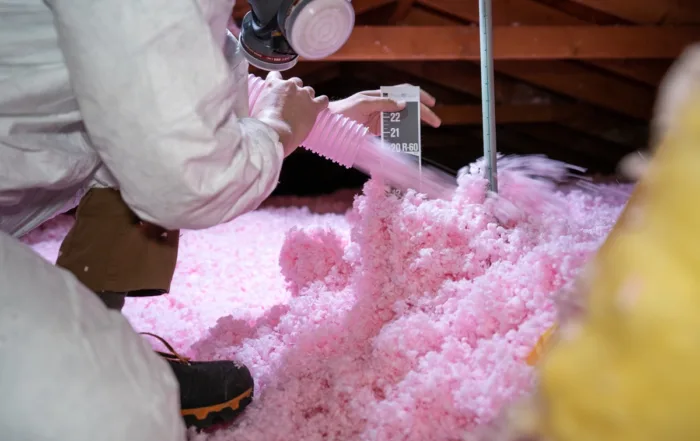How well do you know your roof? While the roof is the single most important protective feature of a home, very few homeowners actually know what makes their roofs tick. What’s more, they may not know about some important rules regarding ventilation that are essential for protecting their homes from mold, moisture damage, and sky-high energy bills. Here’s a little roof refresher course that covers why roof ventilation is important.
The Basic Anatomy of a Roof
While roof designs can be customized, all residential roofs share the same general blueprints. Roofs can’t deviate from the standard roofing design because abnormal proportions or designs can result in poor ventilation that causes dramatic temperature differences between a home’s attic and the outside air. Here are the main parts of a roof:
- Roof Deck: Typically made of wood, a roof deck is the structural base for the entire roof system.
- Underlayment: This material creates a layer of protection between the roof deck and shingles. It is generally made of a synthetic material that repels water.
- Flashing: This metal material is installed around chimneys, at joint openings, and near any skylights or dormer windows in a home’s design to help prevent water intrusion.
- Drip Edge: This narrow metal strip helps to manage dripping water to protect the underlying wall.
- Ice Barrier: This waterproofing material is placed alongside walls, eaves, and other parts of the roofing system vulnerable to water intrusion to protect against ice dams and heavy rain.
- Ridge: A roof ridge is a horizontal line that runs the length of the roof. The intersection where the two roof planes meet forms the roof’s peak.
- Ridge Vent: This exhaust vent runs along the roof peak horizontally to help release warm and humid air from your attic.
- Hip: Forms a sloping ridge from peak to eave.
- Valley: A V-shaped roof valley located between the two sloping sides of the roof facilitates water runoff.
- Gable: Situated between the eave and sloping roof, a gable adds structural support and ventilation.
- Eave: The roofing border overhang.
- Intake Vents/Soffits: Located beneath the eaves, these vents draw cool air into the attic to facilitate proper ventilation.
- Outflow Vents/Roof Vents: Located in the highest point of the roof, these vents remove warm, humid air from attics.
When you consider all of the different parts that keep a roof functional, it becomes clear that timely roof inspections and proper maintenance are essential to upholding the integrity of a roofing system that still has plenty of years left in it. Of course, it’s also important to replace a failing or worn-out roofing system in order to protect your home from moisture and ventilation issues that can lead to costly problems.
Why Roof Ventilation Is Important
The roof and attic form a delicate ecosystem within the home that is responsible for balancing temperature and humidity to keep a home comfortable, dry, and free of mold. If you’ve ever wondered how roof ventilation works, the easy explanation is that it’s designed to keep temperature and humidity levels within your attic space as close to outdoor conditions as possible. In fact, the attic should be only 10 to 15 degrees different from the outside temperature. While this protects homes from the damage of ice dams in the winter, it also keeps homes comfortable and lowers energy costs in the summer.
The shortest answer to sum it all up is that roof ventilation allows air to flow through your home’s attic space to escape through the roof vents. Things can go south pretty quickly if something is off with your venting. Here are the signs of poor roof ventilation to look for:
- Ice dams form in cold temperatures.
- Your attic is insufferably hot in the summertime. Upstairs rooms in your home may also be very hot.
- You notice condensation forming in your attic.
- Your roof is sagging.
- The decking of your roof is discolored.
- Nails, straps, and other metal components in your attic are rusting.
- Mold is forming in your attic.
- Asphalt shingles are cracked or curling.
- Your attic has a termite problem. Remember that these destructive pests are attracted to moisture! That’s why there’s a good chance that you have excessive moisture from air condensation that has resulted from poor ventilation if you notice termites. Rodents, insects, and other pests are also commonly drawn to attic spaces because of moisture.
There’s also one telltale sign of poor attic ventilation that doesn’t require you to climb up to your roof or crawl into the attic to know something is up. Are you struggling with a sudden increase in energy costs? While your first hunch may be that your air conditioner needs to be repaired or replaced, this is actually one of the most common signs of poor ventilation. As heat builds in your attic, your home’s cooling system is forced to work overtime to maintain the desired temperature. In addition to making your cooling bills soar each month, this issue can also stress your unit to the point that it burns out prematurely.
Is It Time to Consider Roof Ventilation Installation?
Don’t spend another cruel summer fighting high energy bills and moisture damage at your home because of improper roofing ventilation! Whether you’re building a new home or trying to make your current one as efficient as possible, consider roof ventilation installation to create optimal year-round temperatures in your attic space.
One of the major things to know about keeping your roof and attic protected is that it’s essential to have intake vents (in the soffits) and outflow vents (the roof vents) balanced. The goal is to maintain that maximum 10-degree to 15-degree difference between attic and outdoor temperatures. One of the core benefits of soffit vents is that it brings cool air into the attic from the underside of the roof’s overhang at the eaves. And a core benefit of outflow vents is that it provides an exhaust flow that draws warm, moist air away from the attic.
Bill Lang adds one more tip: “Inside your home, high humidity levels can overwhelm your roof’s ventilation system. Homeowners often don’t realize that humidity levels over 60% can actually lead to mold growth, condensation on ceilings, and other moisture related problems. Keeping humidity levels between 40-60% allows your roof’s ventilation system to do its best work.”
Don’t let poor roof ventilation create major roof and attic problems. Balancing your intake and outflow vents can be an easy, fast way to create the perfect attic temperature at your home. Give us a call today for a free estimate for roof venting installation or a new roof air ventilator in Chicago!




